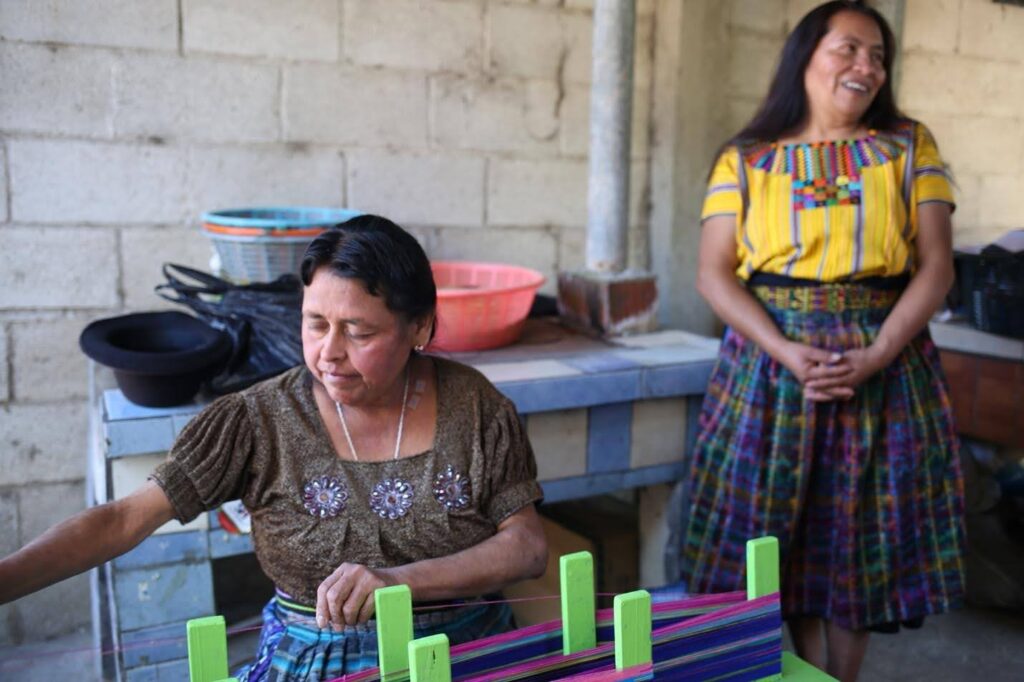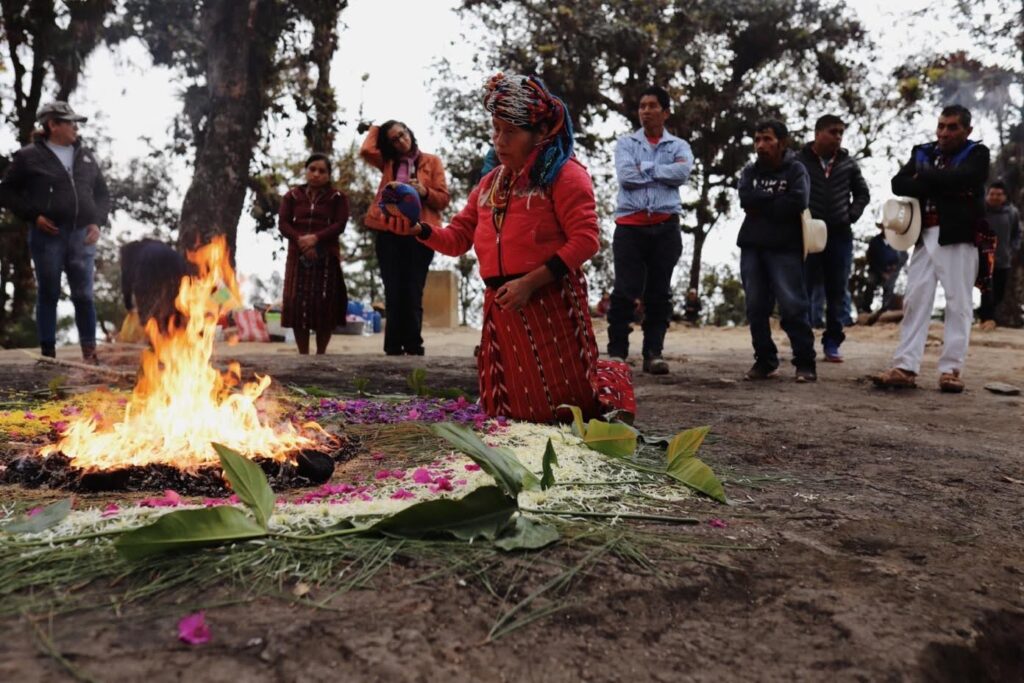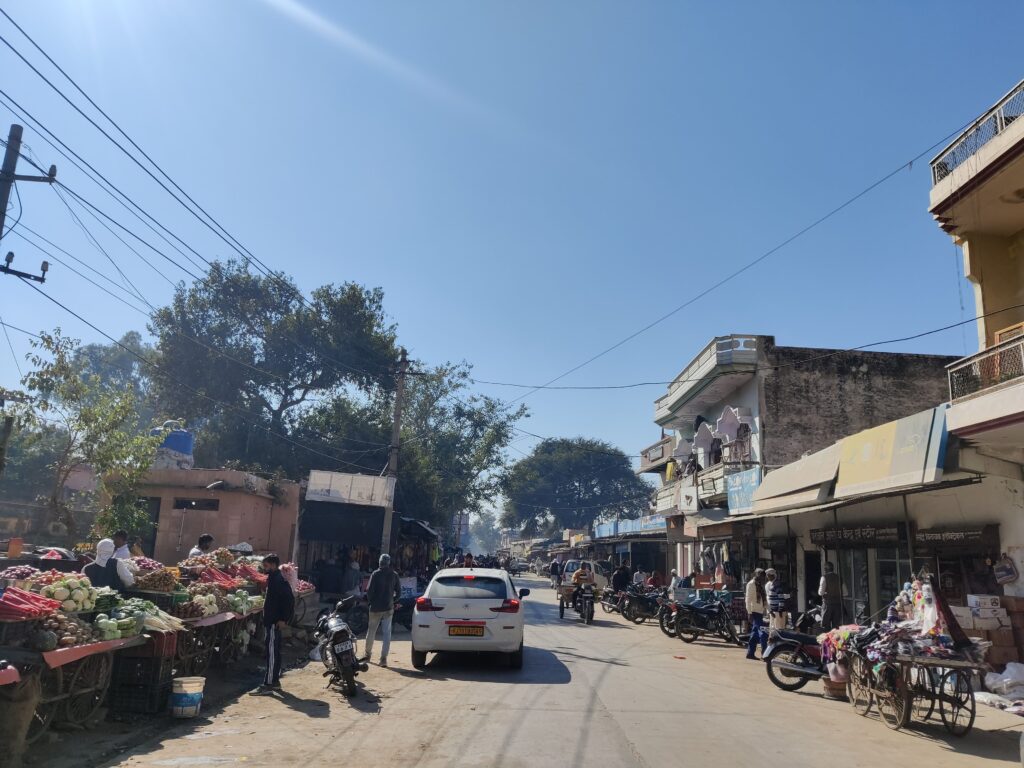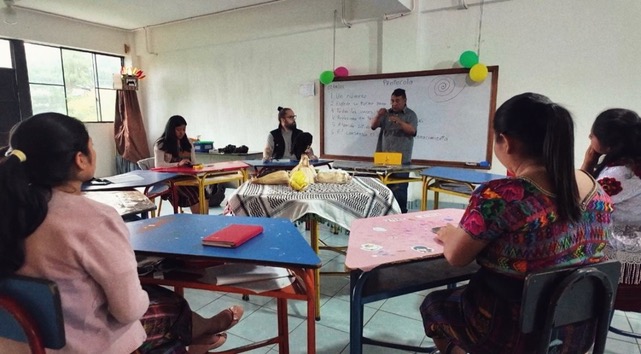Democracy Dialogues: Maya Textile Weaver PhotoBlog Entry
January 2025 San Juan La Laguna, Guatemala What does it mean to be in dialogue with a textile or piece of clothing? In the West, many might think of this as absurd — giving little thought to where their clothing comes from, let alone the cultural legacy laced between its threads. However, this is not the case amongst these Mayan artists/weavers. As they worked together throughout this dialogue, they spoke of the dialogues they were actively engaged in a dimension invisible to the Western mind. To continue to make as their ancestors once did, in the face and against the (fast fashion) pace of westernization and colonization, is an act of resistance that ties this community together intergenerationally. The relationships they maintain with their clothing are an empowering preservation of the wisdom and culture that was once passed down to them. A conversation woven through time, color, material, and form has maintained the metaphysical dialogue that has been ongoing for millennia between the ancestors and those still here. Many of these women joined this dialogue when they were just children — like the ten-year-old girl and sixteen-year-old boy seen in these videos. However, fewer and fewer young people are learning this communitarian practice as the effects of colonization spread, not only due to waning interest, but also the lack of fair pay within the tourist market. Collectively, completing such intricate designs can take up to three months. Yet within our dialogue, these artist workers revealed that the price they can sell their work for is often symbolic — as it is by no means a true reflection of the time, effort, care, and wisdom that is woven into each piece. How might we empower these weavers on the fringe to continue to dialogically darn (mend) the fabric of their community through their craft as they have for innumerable generations? And what might a people-powered practice provide them that capitalism cannot? — Zach Herring
Democracy Dialogues: Maya Textile Weaver PhotoBlog Entry Read More »





